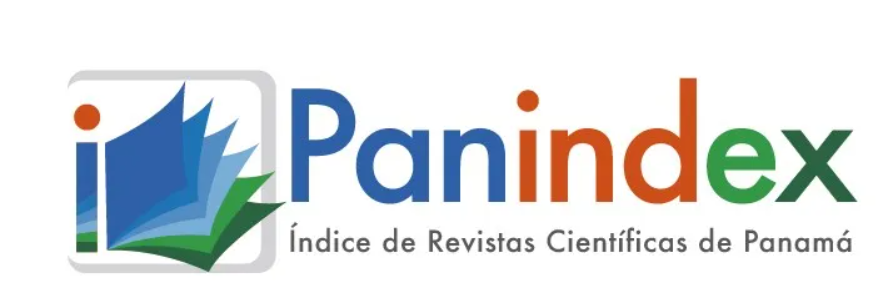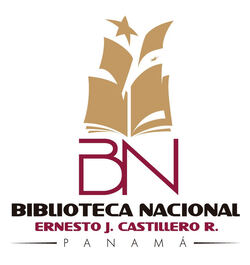The content of the publications and the links suggested in them are the sole responsibility of the authors and not of the Metropolitan University of Education, Science and Technology (UMECIT) or of the journal ORATORES. They are protected by international copyright laws as well as the logos of UMECIT AND ORATORES, hence their reproduction is totally prohibited.
This work is licensed under a Creative Commons Attribution-NonCommercial-NoDerivatives 4.0 International License.
The authors maintain the copyright and transfer the right of the first publication to the journal, with the article registered with Creative Commons Attribution-NonCommercial-NoDerivatives License, which allow others They can download the works published in this magazine and share them with other people, as long as their authorship is recognized, but they cannot be changed in any way nor can they be used commercially.
Authors are recommended to include their work in social networks such as Researchgate and institutional repositories once the article or visible fact has been published on the journal page, without forgetting to include the digital document identifier and the name of the journal.



Abstract
Keywords
References
Álvarez, J. (1987) Dos Perspectivas Contrapuestas sobre el Curriculum y su Desarrollo. Revista de Educación No. 282, enero-abril. (p. 131-151).
Argibay, M. Celorio, G. y Celorio, J. (1997). Educación para el Desarrollo, el Espacio Olvidado de la Cooperación. Cuadernos de trabajo de Hegoa. Número 19. ISSN: 1130-9962. Impresión Lankopi S.A. recuperado el 30 de septiembre de 2015 de:http://www.ehu.eus/ojs/index.php/hegoa/article/viewFile/1 0818/10112
Arnaz J. (1993). La Planificación Curricular. Curso Básico para la formación de Profesores. Instituto Superior de Pedagogía Universitaria. México.
Basabe, L. (2007). "Acerca de los usos de la teoría didáctica (capítulo 8)". Camilloni, Alicia. Op.cit. (pp.201-231).
Calderero, J. et. al (2014). Una nueva aproximación al concepto de educación personalizada y su relación con las TIC. Revista Teoría de la Educación: Educación y Cultura en la Sociedad de la Información. 15(2), 131-150. Recuperado el 30 de septiembre de 2015 de: http://campus.esal.es/-revistastrabajo/index.php/revistatesi/article/view/11890
Chevallard, Y. (1999). La recherche en didactique et la formation des professeurs:problématiques, concepts, problémes. Conferencia en el IUFM d'Aix-Marseille, disponible en: http://llwww.aix-mrs.iufm.fr/formations/filieres/matlfdf/textes/YC_I999_Ecoleete.doc
Constitución Política de Colombia. (1991). Actualizada con actos legislativos hasta 2010.
Consejo Superior de la Judicatura. Sala Administrativa Centro de DocumentaciónJudicial (CENDOJ). Biblioteca Enrique Low Murtra. Recuperado el 14 de diciembre de 2015 de: https://www.ramajudicial.gov.co/documents/10228/1547471/CONSTITUCION-Interiores.pdf/8b580886-d987-4668-a7a8-53f026f0f3a2
Definición.de (2015). Definición de educación - Qué es, significado y concepto. Recuperado el 28 de septiembre de 2015 de: http://definicion.de/educacion/
De Tezanos, A. (2006). Didáctica-pedagogía-ciencia de la educación: la relación que confirma la "excepción" francesa", Revista Educación y Pedagogía, Medellín, Universidad deAntioquia, Facultad de Educación, vol. XVIII, núm. 46, (septiembre-diciembre), pp. 33-57.
Dewey, J. (1951). La educación como ciencia, en: La ciencia de la educación, Buenos Aires, Losada.
Durkheim, E. (1990). Education et sociologie, París, PUF.
Fuentes, H. (1997) Diseño Curricular. Universidad de Oriente, Santiago de Cuba: Centro de Estudios de la Educación Superior.
Jaramillo, J. (1990). Historia de la Pedagogía como Historia de la Cultura. Fondo Nacional Universitario. Tercera edición. Bogotá.
Kells, H. (1997) Procesos deAutoevaluación: Una guía para laAutoevaluación en la Educación Superior. Pontificia Universidad Católica del Perú, Fondo Editorial.
Mirete, B. y García F. (2014). Rendimiento académico y TIC. Una experiencia con webs didácticas en la Universidad de Murcia. Revista de Medios y Educación. N° 44. Enero 2014. ISSN: 1133-8482. E-ISSN: 2171-7966. Recuperado el 30 de agosto de 2015 de: http://dialnet.uniroja.es/servlet/articulo?codigo=4532265
Picco, S. (2014). Concepciones en torno a la normatividad en la didáctica. Universidad Nacional de la Plata. Facultad de Humanidades y Ciencias de la Educación. Secretaria de posgrados. Recuperado el 23 de julio de 2015 de:http://sedici.unlp.edu.ar/bitstream/handle/10915/35590/Documento_completo.pdf?sequence=5
Tünnermann, C. (2007). La Universidad necesaria para el Siglo XXI, Editorial Hispamer, Nicaragua. Recuperado el 23 de agosto de 2015 de:http://sajurin.enriquebolanos.org/vega/docs/2986-1. pdf
Downloads
Publication Facts
Reviewer profiles N/A
Author statements
- Academic society
- Universidad Metropolitana de Educación, Ciencia y Tecnología
- Publisher
- Universidad Metropolitana de Educación, Ciencia y Tecnología



















